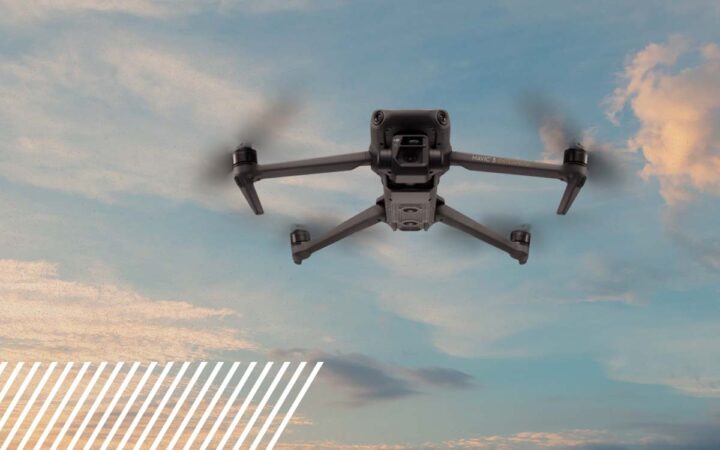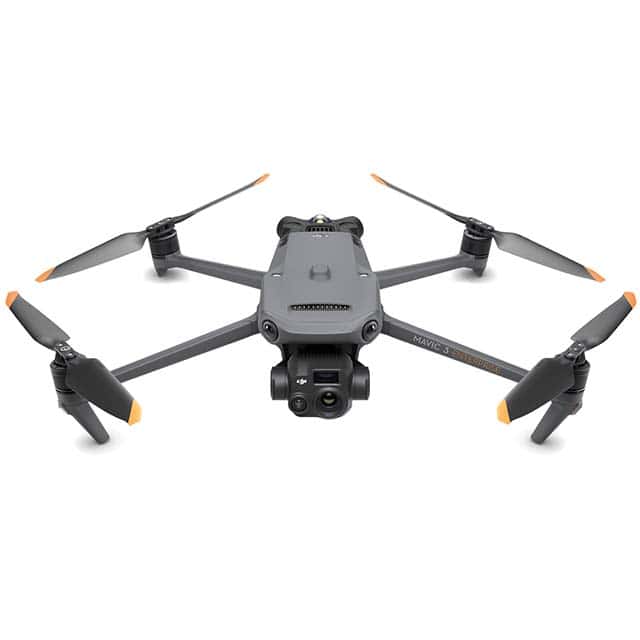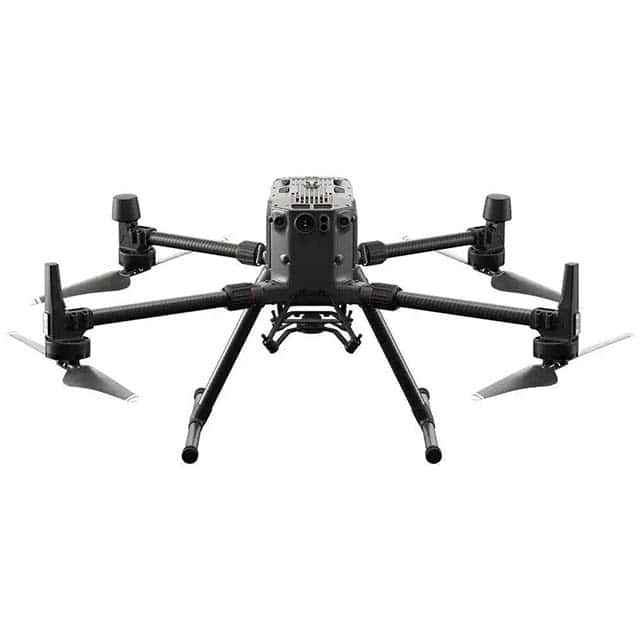
The Drones We Use
The Drones Behind FlyGuys’ Nationwide Data Capture
At FlyGuys, our mission is to deliver accurate and reliable data to industries nationwide through our drone services. To achieve this, we rely on a fleet of advanced drones, with a strong emphasis on DJI Enterprise models. While we work with various drone types, DJI Enterprise drones consistently provide the high-resolution and precision data that our customers demand. Here’s a closer look at the drones we use and how they fit into our operations.
Our Preferred Enterprise Fleet
Without a doubt, DJI drones are the most popular in the industry, with a market share of about 80%. Not only were they the first on the scene, but they continually modify and upgrade their existing technology. Their drones are categorized into different series depending on their functionalities, and their operating systems are easy to learn, even if you are a beginner drone pilot. The software and hardware integrations are good enough for professional uses, and the quality of the cameras and sensors are perfect for any flight mission.
So, it’s no surprise that the drones in FlyGuys’ fleet are all DJI. Let’s look at the drones in our arsenal and why we use them. Whether you are a novice pilot or looking to get into the industry as a professional, you might find the information here quite helpful.
Across the industry, the demand for high-resolution imagery and accurate mapping continues to grow. This trend is not just driven by our customers but by the industries we serve, including construction, agriculture, energy, and public safety.
DJI Enterprise drones are built for these advanced missions, offering capabilities like RTK precision, thermal imaging, and multispectral analysis. These features make them indispensable for data capture tasks where accuracy and detail are paramount. At FlyGuys, we prioritize these drones because they enable us to meet and exceed customer expectations.
Let’s look at the drones in our arsenal and why we use them. Whether you are a novice pilot or looking to get into the industry as a professional, you might find the information here quite helpful.
Our DJI Enterprise Fleet
DJI Mavic 3 Enterprise (M3E)
The DJI Mavic 3 Enterprise may be considered an entry-level enterprise drone, but it is a remarkably powerful tool for data collection. Compact, reliable, and highly capable, it excels at achieving high global accuracy and low GSD (Ground Sampling Distance). Designed for mapping and inspection, the Mavic 3 Enterprise integrates cutting-edge technology into a portable package, delivering exceptional performance and efficiency in the field.
- Key Features:
- Mechanical shutter for high-quality, distortion-free images.
- RTK module for centimeter-level accuracy.
- Integrated flight planning software.
- Applications:
- Ideal for RGB mapping in construction, surveying, and environmental projects.
- Compact design allows for versatility in various mission environments.

DJI Mavic 3 Thermal (M3T)
Some jobs require more than traditional RGB. The Mavic 3 Thermal combines a high-resolution 48 MP visual camera with a powerful thermal sensor. This dual-camera system allows operators to switch seamlessly between detailed RGB imagery and thermal data, enabling comprehensive assessments of complex environments.
- Key Features:
- Thermal imaging for heat detection and low-light operations.
- Versatile for industrial inspections and search and rescue missions.
- Applications:
- Excels in missions requiring high-resolution thermal data.
- Useful in industries such as renewable energy, telecommunications, and more.

DJI Matrice 300 RTK
With interchangeable payloads and a longer flight time, the Matrice 300 RTK proves to be one of the most advanced and versatile drones on the market. While other Enterprise drones have fixed cameras, the Matrice 300 allows you to swap out payloads. This means you can swap between RGB, thermal, Lidar, or one of the many other third-party payloads that are compatible with the Matrice 300 RTK series. With up to 55 minutes of flight time, this commercial drone delivers high-performance and accurate results, creating up to 65,535 waypoints
- Key Features:
- Supports a range of payloads, including:
- Zenmuse P1 for RGB mapping.
- Zenmuse H20T for thermal imaging.
- LiDAR for terrain mapping and multispectral crop analysis.
- Up to 55 minutes of flight time for extended missions.
- Supports a range of payloads, including:
- Applications:
- LiDAR Surveying
- Agricultural assessments
- Thermal inspections
- High-resolution Orthomosaic mapping

Non-Enterprise Drones in the FlyGuys Network
While enterprise drones are the backbone of our operations, we also utilize non-enterprise models like the Phantom, Mini, and Mavic series for specific missions. These drones are well-suited for tasks that don’t require high-resolution data, such as marketing photography and basic aerial data collection.
If you don’t own an enterprise drone, you can still qualify for FlyGuys missions. Many projects, particularly marketing-related work, rely on non-enterprise drones. These missions are an excellent way to build experience and contribute to our network.
The FlyGuys Approach to Data Capture
Our emphasis on DJI Enterprise drones reflects our commitment to delivering precise, high-quality results. However, we value the diverse range of drones and pilots in our network. Whether you fly an enterprise drone or a more compact model, there’s a place for you in the FlyGuys community.
As the industry continues to evolve, we remain focused on equipping our pilots with the tools and opportunities they need to succeed. By prioritizing advanced drone technology and adapting to industry demands, we ensure that FlyGuys stays at the forefront of reality data capture.
The FlyGuys Fleet
FlyGuys’ fleet of drones is as diverse as the industries we serve. Whether it’s the high-precision DJI Matrice 300 RTK or the versatile Mavic 3 Enterprise, our drones are designed to tackle a variety of complex missions. At the same time, non-enterprise drones play an important role in supporting less complex projects.
No matter what drone you fly, your contributions to the FlyGuys network are invaluable. Together, we’re shaping the future of reality data capture, one mission at a time.